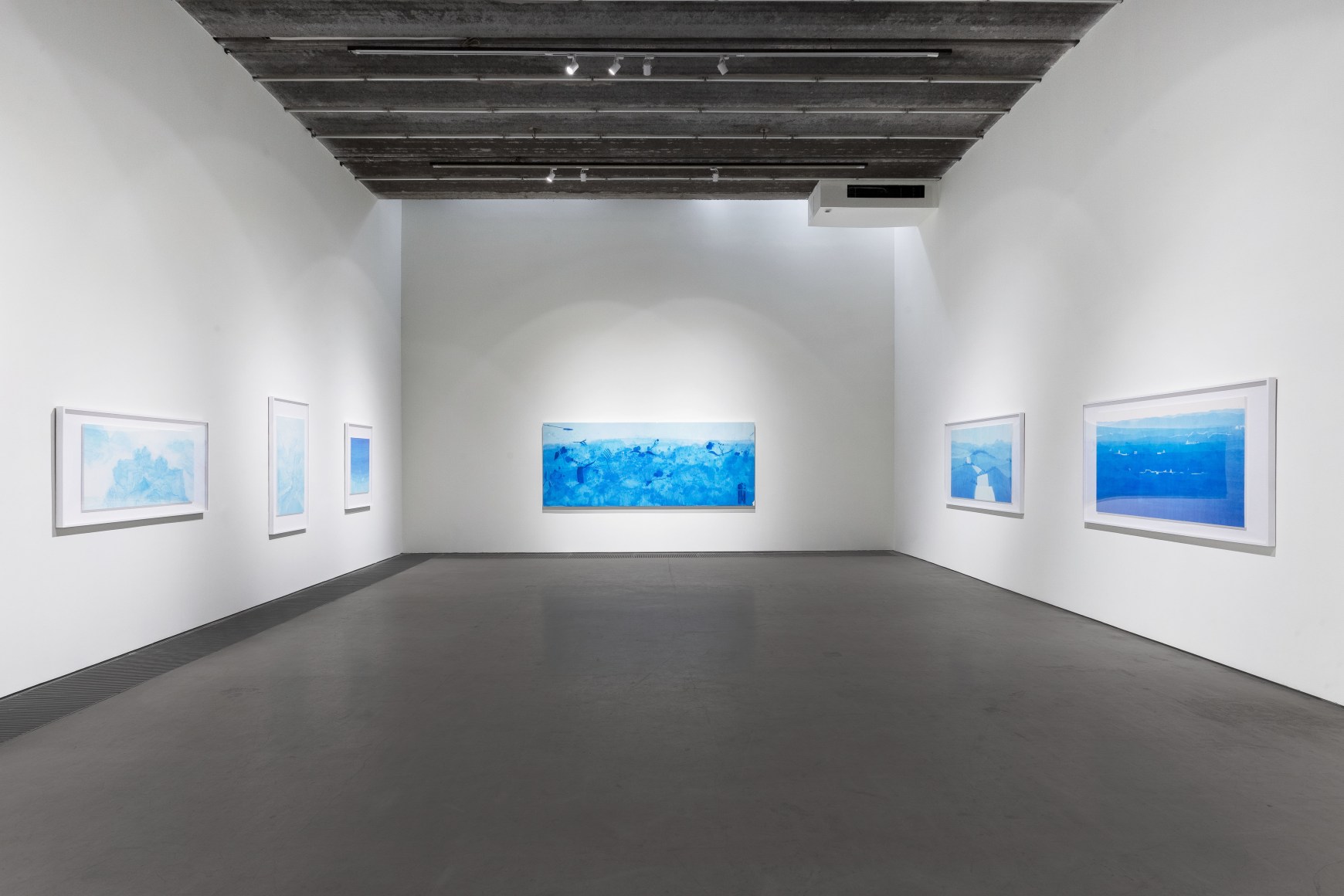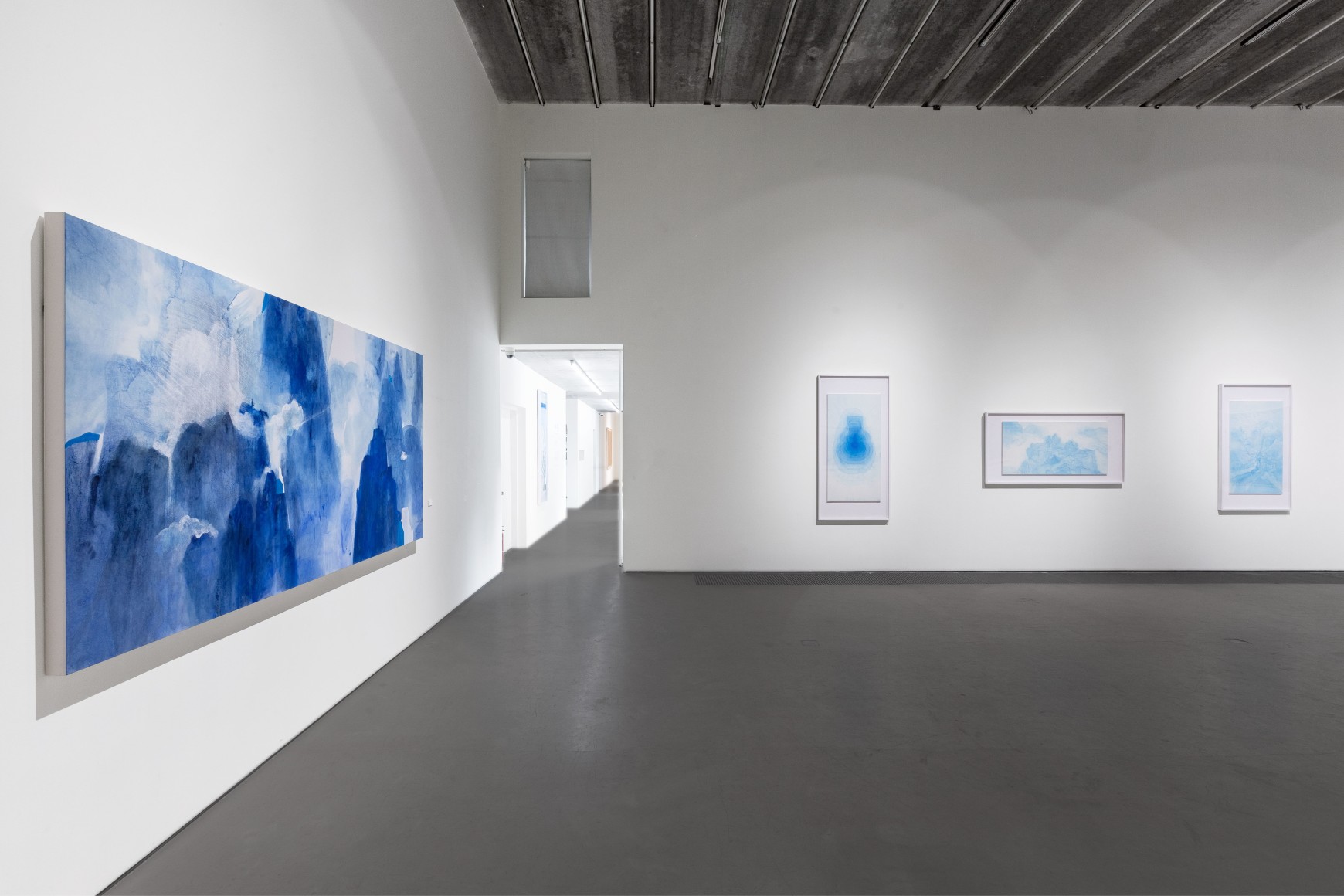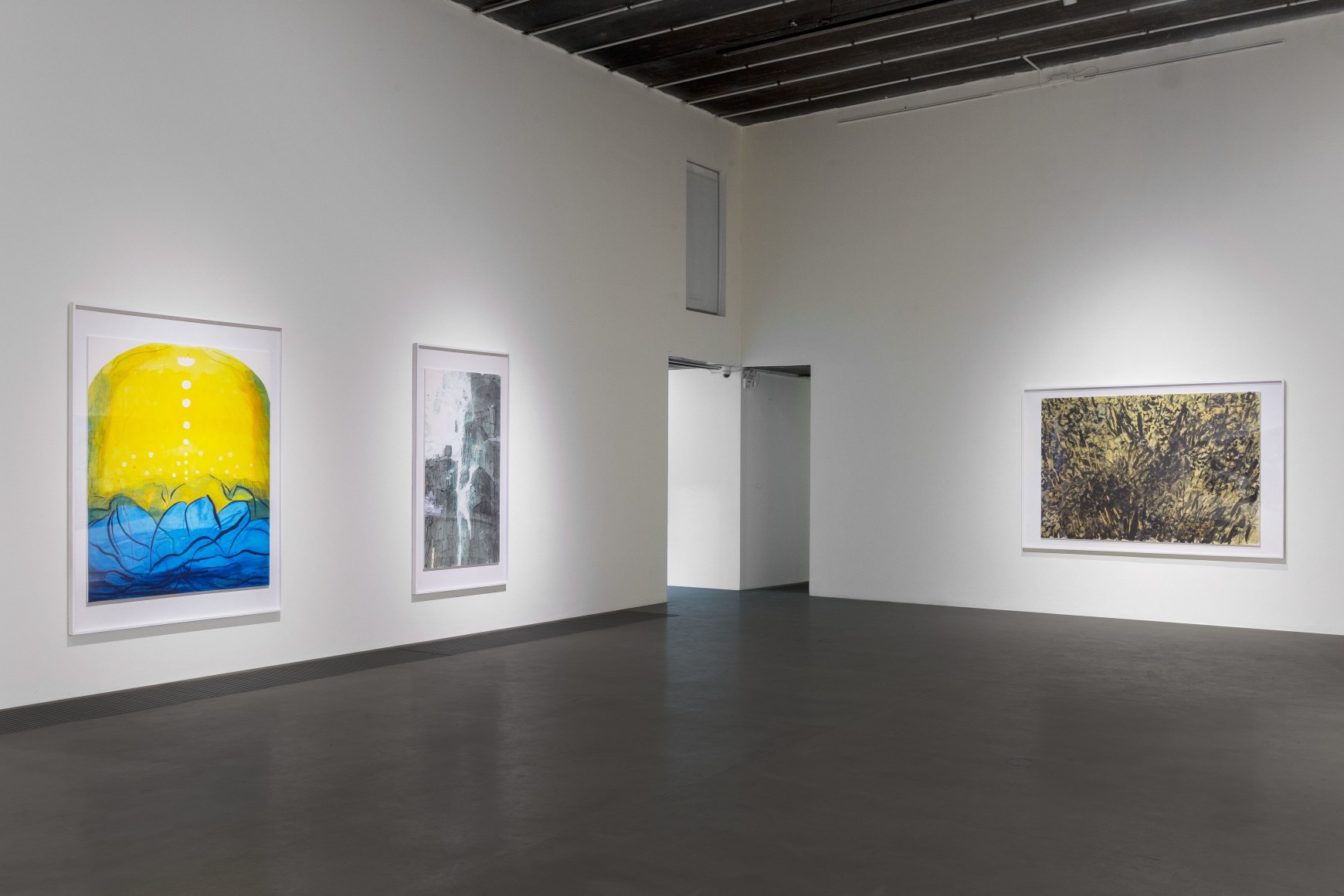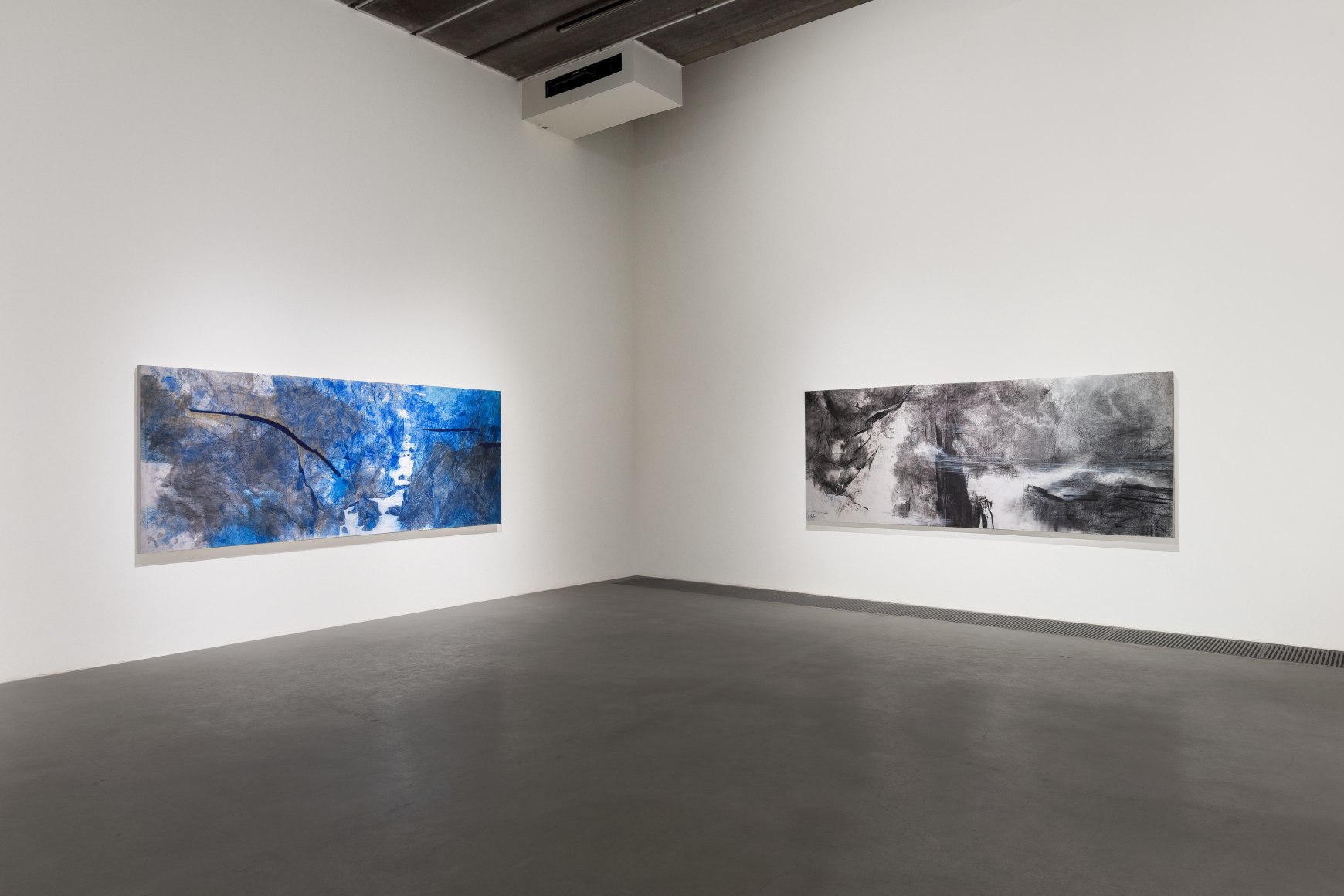Chambers Fine Art is pleased to announce the opening on April 22, 2018 of Wang Gongyi: Painting Degree Zero. Wang Gongyi was born in Tianjin, China in 1946, received her master’s degree from the Printmaking Department at Zhejiang Academy of Fine Arts (now China Academy of Fine Arts) in 1980, and stayed on to teach after graduation. In 1986, she was invited by the French Ministry of Culture to study art and art education in France, and to participate in exhibitions. In 1992, she worked as an associate professor in the Department of Printmaking at the Zhejiang Academy of Fine Arts, and moved to the United States in 2001. The current exhibition is jointly curated by Zheng Shengtian, an internationally renowned curator, and Dr. Ju Zhenrong of Yale University School of Drama.
In the early 1980s, Wang Gongyi was already well-known in contemporary art circles. Her woodcut Qiu Jin was refreshing in its clarity and represented the youthful energy and passions of a new generation. It also embodied the new atmosphere of Chinese printmaking and raised artistic creation to a level that is beyond considerations of Western and Asian influence. Even today, this series of woodcuts still signifies the highest level of Chinese printmaking and has become an important object in the historical narrative of contemporary Chinese art. In this exhibition, Wang Gongyi's woodcut print series China·China created between 2001 and 2002 is placed in the small gallery. Unlike Qiu Jin, which called for social reforms, China·China demonstrates the thematic changes in Wang Gongyi's later printmaking, which pays more attention to the profound truths evinced during the art making process.
From 2004 onwards, Wang Gongyi reached a climax in art creation, when new experiments and themes constantly emerged. She broke free from many physical and mental restraints. With the ambition, anger and grief of her youthful years gradually melting away, she has returned to her nature. In 2005, after accidentally painting exclusively with Windsor Blue, Wang became addicted to using the color in artworks that are sometimes abstract, sometimes landscapes, and sometimes floral. The subtle and pure beauty of her works is always able to touch the viewers’ feelings and take them to a peaceful and refreshing environment free of noise and restlessness.
For example, in Melisma (2018), the Chan-Yi (cicada wings) Xuan paper is light and delicate, with fine shining dots resembling flapping cicada’s wings in sunlight. The works present layers of clear, transparent, soft blue watercolor. Because the artist uses treated Xuan paper, it is crucial to control the use of water, and colors have to be applied slowly and evenly. After drying, gelatin in watercolor pigments “piles up” a thin line at the edge. Although this is taboo in Gongbi Painting, it provides the artist with a new creative idea. After one layer is dry, the second coat is added to produce another thin line. Layer upon layer, the color changes from deep blue at the bottom to light blue at the top, forming a rhythm of repetitions and changes. The open and extended parallel lines resemble distant mountains, waves, clouds, marks in sand, and soothing airflows. The white patterns on the surface that resemble birds, fish, sails, and musical notes were inspired by a lithograph of ancient musical scores that she encountered in France. She took photographs of this and used them brilliantly in this work.
In addition to the soft, clear Winsor Blue series, the exhibition also presents Wang’s recent works including abstract ink experiments, heavy-colored landscapes, mysterious flowers, towering mountains, wild grass, and pavilions in the dusk. These works are not of certain order or consistent patterns, and are not created in the same way. It would be difficult for anyone that is not an artist, to believe all these works are by the same person.
The renowned artist Wu Guanzhong’s collection of essays Ink and Brushes Equal Zero was a critique of the way the art world of the time judged the quality of works based on ink and brush techniques. But brushes and ink are only tools. How can we attend to the trivialities and neglect the essentials? He believed that an artist should explore all possible ways in order to aptly express an artist’s inner feelings. In order to create a masterpiece, any methods used must have significance in functions and values. Wang Gongyi's Winsor Blue series is the best example. She uses the simplest way with the least elements to capture the abstract or representative elements of life and nature, such as floating water, breathing of mountains, airflows, memory of light, and changes of time. The rhythm of repetitions and changes of tonality in the blue express the tone and variations as well as the emptiness of life, and lead us to refined, calm, poetic state of mind.
- Dr. Ju Zhenrong




